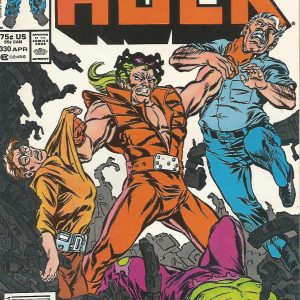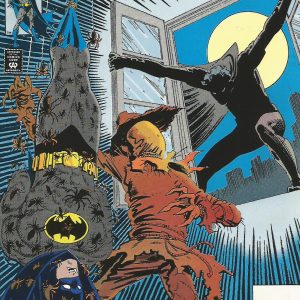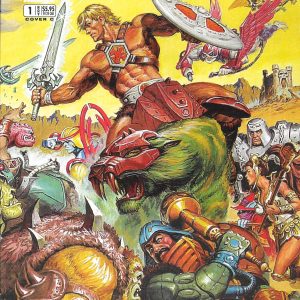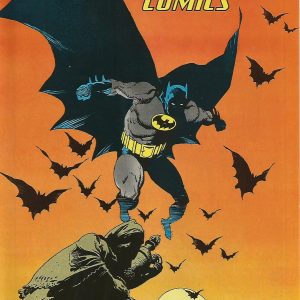Exploring The Epic First Issue of Suicide Squad (1987)
Description
Suicide Squad #1 (vf) – 1987 FIRST ISSUE
Introduction:
Comic book enthusiasts and fans of DC Comics are undoubtedly familiar with the groundbreaking series “Suicide Squad.” Released in 1987 by DC Comics, the first issue of Suicide Squad has since become a collectors’ item, as it introduced readers to a unique team of villains-turned-heroes. In this blog post, we will delve into the exciting first issue of Suicide Squad, exploring its significance, characters, and the impact it had on the comic book industry as a whole.
1. A Revolutionary Concept:
Suicide Squad was among the first comic book series to showcase a team of super-villains who were coerced into serving as government operatives to reduce their prison sentences. This concept offers a refreshing departure from traditional superhero narratives, making Suicide Squad an intriguing and unique addition to the DC Comics repertoire.
2. Introducing the Squad:
The first issue of Suicide Squad introduced readers to a diverse and captivating ensemble of characters. From Amanda Waller, the team’s ruthless but cunning leader, to fan-favorite villains like Deadshot, Captain Boomerang, Enchantress, and Bronze Tiger, each character brings a distinct set of skills and personalities to the team.
3. Building Tension and Suspense:
Writer John Ostrander and artists Luke McDonnell and Karl Kesel masterfully crafted an engaging storyline that immediately captivated readers. The first issue centers around Task Force X, better known as the Suicide Squad, undertaking their first covert mission. The combination of intense action, conflicting loyalties, and complex character interactions keeps readers on the edge of their seats throughout the issue.
4. Artistic Brilliance:
The art in Suicide Squad #1 by Luke McDonnell and Karl Kesel is truly exceptional. From dynamic action sequences to expressive character designs, the artwork effectively complements the fast-paced and gritty nature of the narrative. The attention to detail and the use of shadows and dramatic linework further enhance the overall visual experience.
5. Influence and Legacy:
The success of Suicide Squad #1 paved the way for future incarnations of the squad in both comics and other media. It became a fan-favorite series that spawned numerous spin-offs, crossovers, and adaptations into animated films, television shows, and even a critically acclaimed live-action movie in 2016. The legacy of the first issue continues to live on, showcasing the enduring appeal of morally complex characters and unconventional superhero stories.
Conclusion:
Suicide Squad #1 (1987) made a significant impact on the comic book industry, revolutionizing the genre by providing readers with a team of villains thrust into extraordinary circumstances. This groundbreaking concept, coupled with its engaging narrative, stunning artwork, and memorable characters, solidified its place as a must-read for comic book enthusiasts. Whether you’re an avid collector or just a casual fan, Suicide Squad #1 is a true gem that continues to entertain and inspire to this day.






